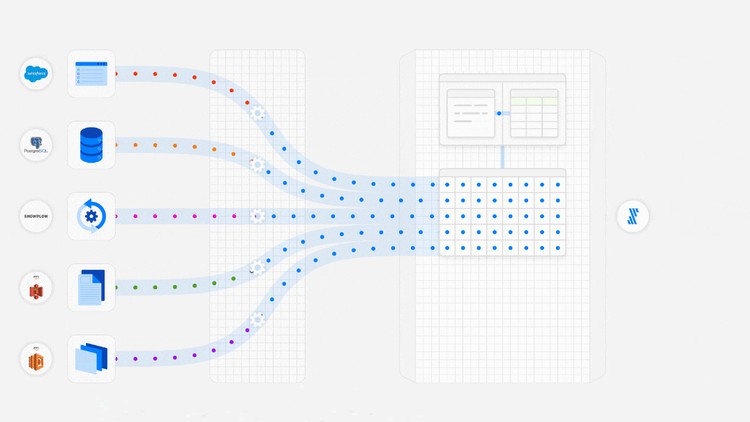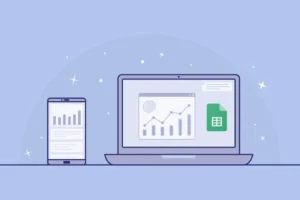Fivetran ETL from Scratch
Learn Fivetran from basic to advanced | Postgresql | Redshift | AWS S3 buckets | Sql Transformations
What you’ll learn
Fivetran ETL from Scratch
-
ETL using Fivetran
-
Data Integration
-
Data Sync
-
Data Migration
Requirements
-
No programming experience is needed
Description
The building blocks of data organization are tables and schemas. You can think of a table as a file organized by rows and columns and of a schema as a folder that contains multiple tables.
Each Fivetran connector creates and manages its schema. Fivetran connector reaches out to your source, receives data from it, and writes it to your destination. Depending on the type of connector, Fivetran either collects data that the source pushes to us or sends a request to the source and then grabs the data that the source sends in response.
Fivetran’s responsibility
It is Fivetran’s responsibility to deliver up-to-date, accurate information in a cleaned and normalized schema – the canonical schema – at the lowest level of aggregation. It is our responsibility to regularly maintain the connector and evolve the canonical schema to reflect operational and product changes in the source systems. It is our responsibility to respond to any unknown operational breaking change in the extract and load from the source system to the destination schema.
Fivetran connects to all of your supported data sources and loads the data from them into your destination. Each data source has one or more connectors that run as independent processes that persist for the duration of one update. A single Fivetran account, made up of multiple connectors, loads data from multiple data sources into one or more destinations.
Who this course is for:
- ETL Architects
- ETL Developers
- Data Integration Developers
- Data Migration Specialists
- Data Architects
- Data Engineers
Salesforce Schema – Free Udemy Courses
Get Course Now









